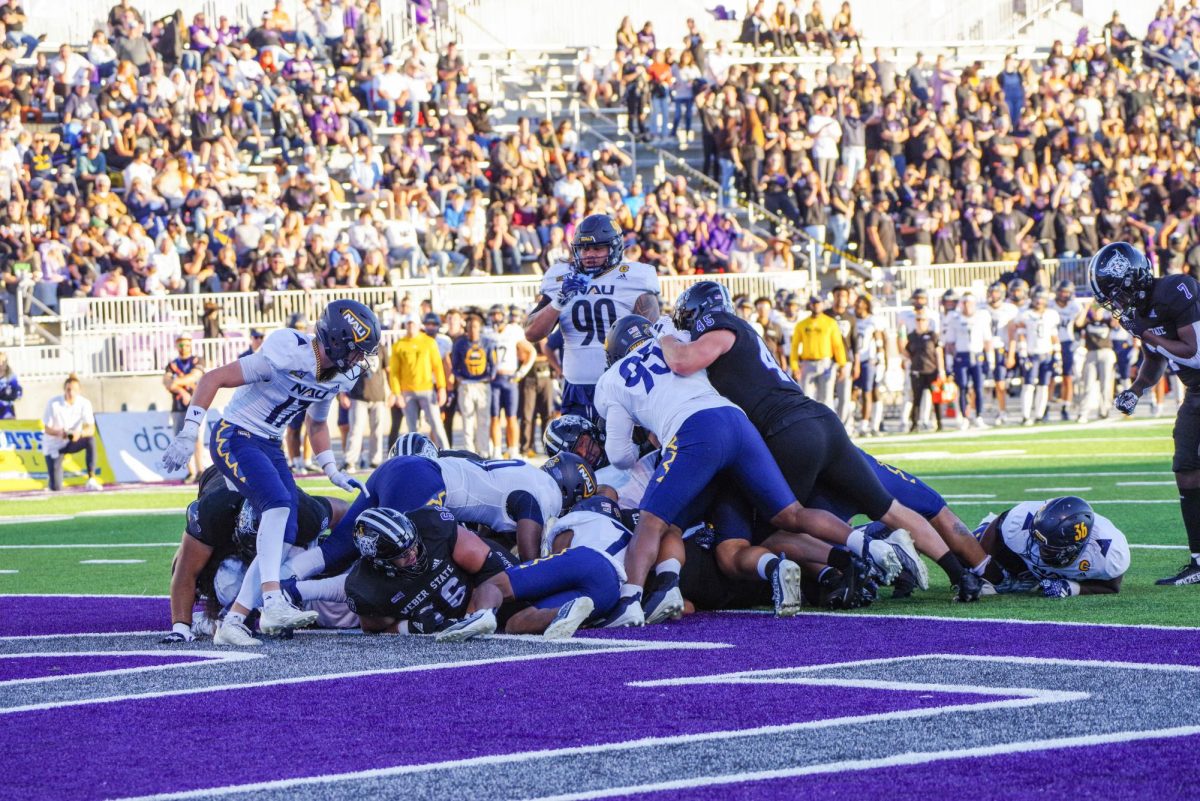
The scientific and law enforcement communities have developed many methods throughout the years to detect drugs. Many officers carry small presumptive drug tests with them and can perform these tests on site.
While these are available for most of the most common drugs, such as marijuana or methamphetamine, there is no standard way to test for ‘club drugs.’ Club drugs are psychoactive drugs that are often abused by teenagers and young adults in settings such as nightclubs, bars and raves.
Researchers from several institutions in both Portugal and Spain have come together to help combat one particular club drug known as ketamine. Ketamine intoxication is hard to detect and can be misdiagnosed as alcohol intoxication at hospitals, leading to improper treatment by medical staff.
In order to help detect the drug, the new method being employed by researchers will use gas chromatography-tandem mass spectrometry.
Gas chromatography consists of substances being moved up a medium, such as paper, while destroying the substance itself. Mass spectrometry refers to the analytics involved in determining the amount and type of chemicals in a particular substance. The combination of gas chromatography and mass spectrometry helps the researchers identify different substances in a single test sample.
Researchers were able to find ketamine and norketamine, which are the main substances that are produced when ketamine is broken down, from small samples of blood plasma and urine.
Researchers believe that since the test is able to detect small amounts of the substances in a short amount of time, the test takes roughly 30 minutes from beginning to end, it will be easy to employ in a hospital setting, allowing doctors and nurses to give the right treatment to patients.
“Compared with existing methods, our new procedure is faster and more cost effective,” Dr. Gallardo, who is the lead author on the study, said.



